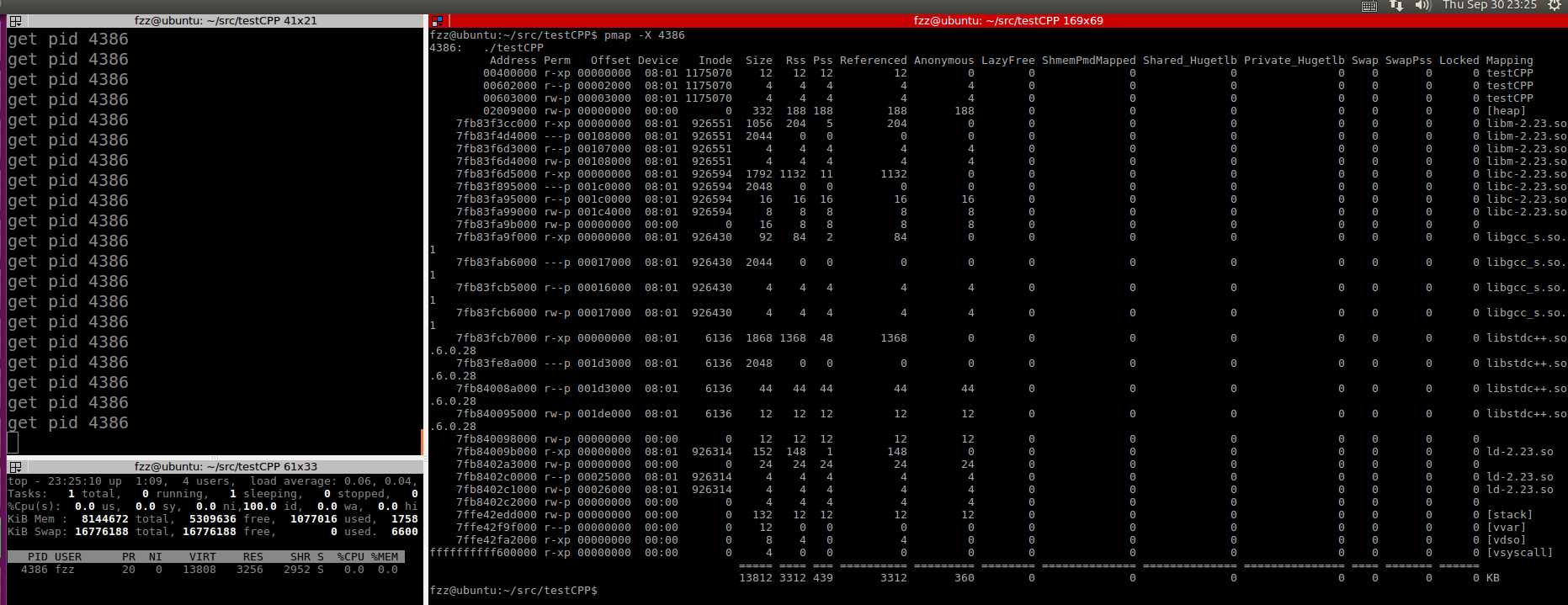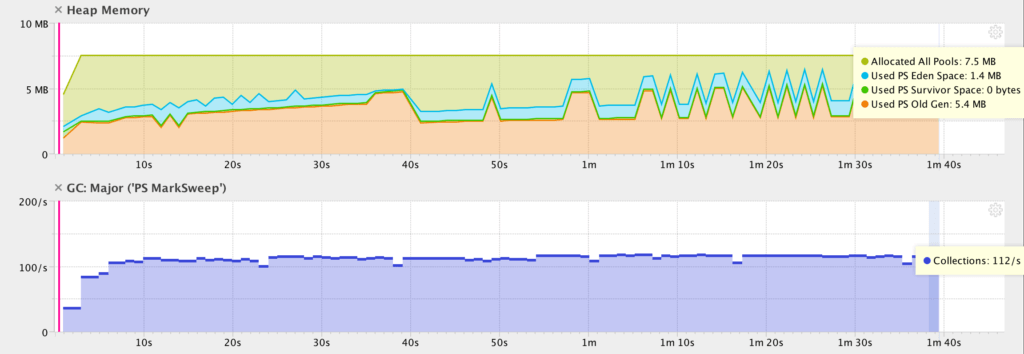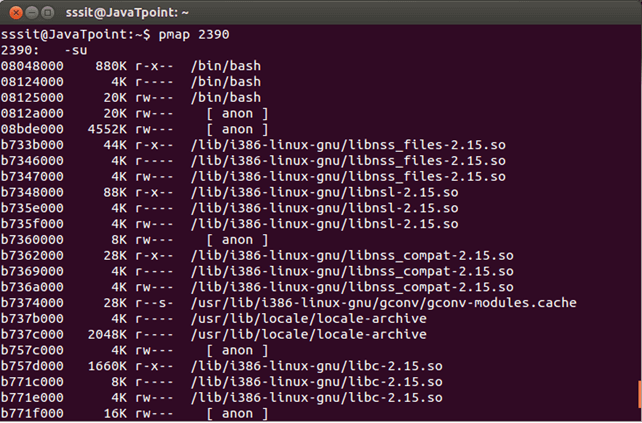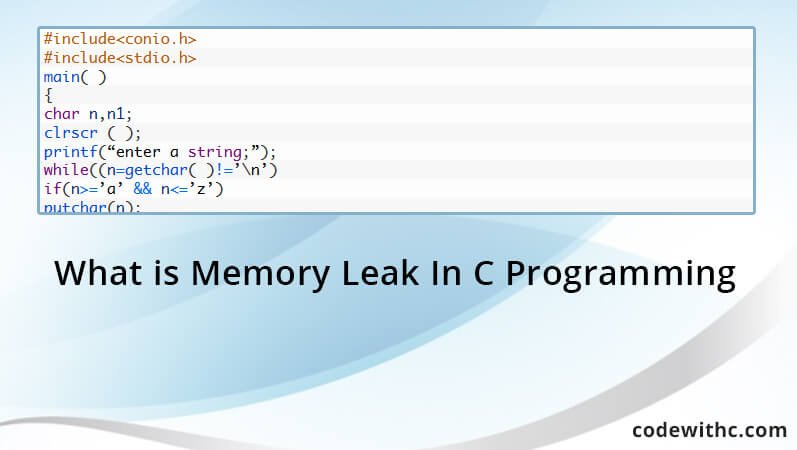Pmap Anon Memory Leak. Each chunk exists in one heap and belongs to one arena. Someone suggested I use pmap -x to see exactly what the memory is doing. The C/C++ runtime will check its own datastructures for available memory, and if it doesn't have any, it will forward the call to the OS. If your application allocates memory, it will ask it to the C/C++ runtime. A small range of memory that can be allocated (owned by the application), freed (owned by glibc), or combined with adjacent chunks into larger ranges. Giancarlo del Rossi (Red Hat) Photo by StockSnap on Pixabay Tools like ps and pgrep can help you learn about the processes running on your system. So, we change tool and use pmap -x [pid] and cat /proc/ [pid]/smaps to see java memory usage. Note that a chunk is a wrapper around the block of memory that is given to the application.

Pmap Anon Memory Leak. STANDARDS No standards apply, but pmap looks an awful lot like a SunOS command. Memory is allocated via different layers. Anonymous memory: Memory not relating to any named object or file within the file system is reported as [ anon ]. When I run that, I notice that this process's memory consumption continually increases. As such, they have nothing to do with the Java heap (other than the fact that the entire heap should be stored in just such a block). Pmap Anon Memory Leak.
Each chunk exists in one heap and belongs to one arena.
If the common name for the mapping is unknown, pmap displays [ anon ] as the mapping name.
Pmap Anon Memory Leak. Note that a chunk is a wrapper around the block of memory that is given to the application. Someone suggested I use pmap -x to see exactly what the memory is doing. Memory is allocated via different layers. PHP-FPM is used with APC (opcode use) Can anybody guide on this? Because of the number of people who use Java, it;s very rare for a native leak to survive.
Pmap Anon Memory Leak.









